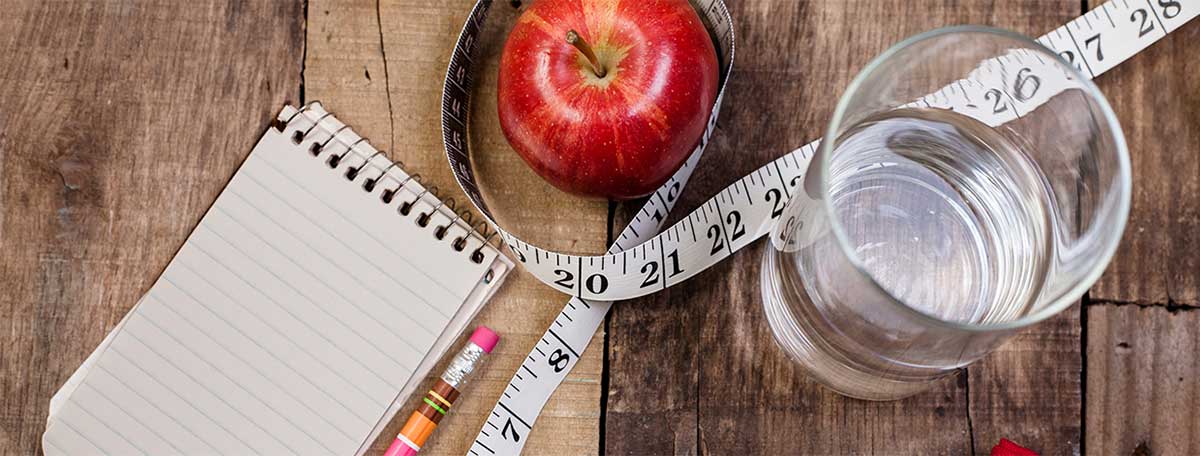
Managing Fluid
Intake on Dialysis
GET YOUR FREE COOKBOOKS
Looking for cooking inspiration? Find delicious, kidney-friendly recipes in our downloadable cookbook collection.
Why do I have dialysis fluid restrictions?
Limiting fluids will help you feel better and stay healthier. Once you’re on dialysis, you may urinate very little—or not at all. Any extra fluid must be removed by dialysis, and consuming too much fluid may cause buildup between dialysis sessions, resulting in the following:
- Headaches and low energy
- Swelling in your face, hands and feet (edema)
- Trouble breathing from fluid in your lungs
- Heart damage from stretching your heart with too much fluid
- High blood pressure that can lead to a stroke
Less salt = less thirst = feeling better
Consuming less salt will help you:
- Control your thirst.
- Avoid swelling in ankles, fingers, waist, or under eyes.
- Keep your heart stronger.
- Breathe easier.
Learn how to cut salt and sodium without sacrificing flavor.
Find simple ways to limit salt8 thirst tips for dialysis patients
Controlling how much you drink isn't always easy. Try these ideas for managing your fluid intake:
- Eat a piece of cold or frozen fruit, like grapes, strawberries, or blueberries.
- Freeze your favorite beverage in a bottle and sip as the fluid melts.
- Suck on a piece of sugar-free hard candy or chew sugar-free gum.
- Drink from small cups or glasses.
- Rinse your mouth with mouthwash.
- Avoid "fluid traps"—situations where you may drink out of boredom or habit.
- Count to 100 and try to wait for a fluid craving to pass.
- Stay cool during hotter months with a misting fan and proper clothes.

HOW FLUID AFFECTS YOUR WEIGHT
Measure and track your liquids
People on a dialysis fluid restriction diet should typically limit fluids to 32 oz or less each day. Your doctor or nephrologist (kidney doctor) will discuss your specific fluid requirements. To help you monitor your fluid intake, write down how much you’re drinking or eating throughout the day. It may also help to think about your day to plan what you’re going to drink and when. For instance, if you have a special occasion in the evening, consume less fluid throughout the day.
What does 32 ounces of fluid look like?

32 Ounces
4 Cups![]()
1 Quart![]()
946 milliliters![]()
~1 liter![]()
Get help maintaining your fluids while on dialysis
Get more tips for managing fluids on dialysis
FLUIDS AREN’T JUST WHAT YOU DRINK
While water, tea and anything you’re drinking out of a cup are obviously fluids, there are also some foods that contain enough liquid to be considered fluids and should be limited accordingly.
- Soup
- Ice cream, sherbet, sorbet
- Nutritional drinks
- Gelatin (Jell-O®)
- Ice cubes, ice chips
Tip: Foods that melt or are liquid at room temperature are considered fluids.
